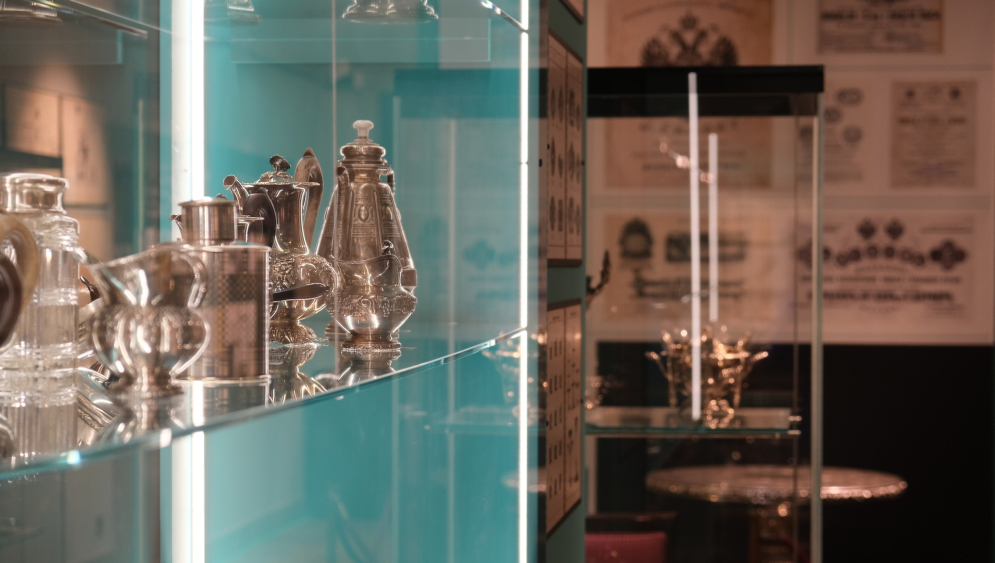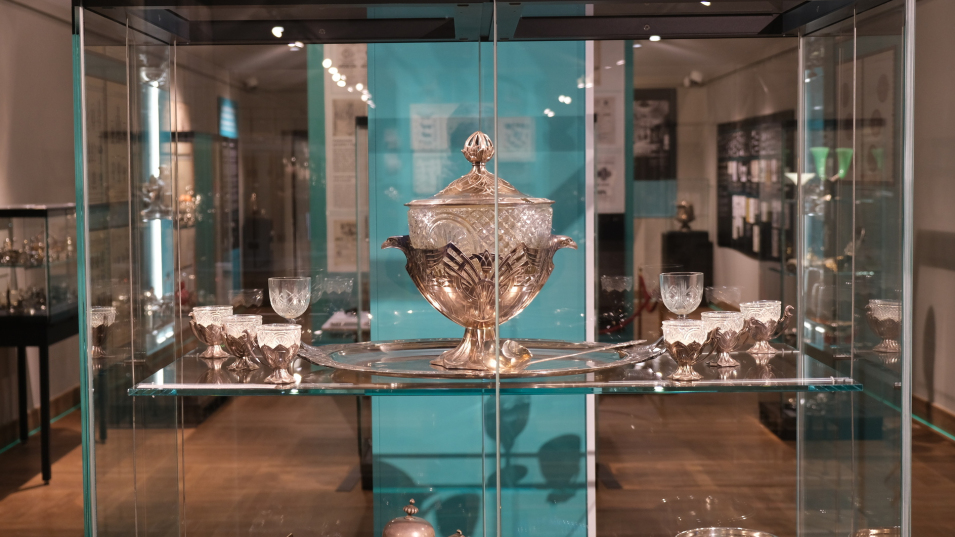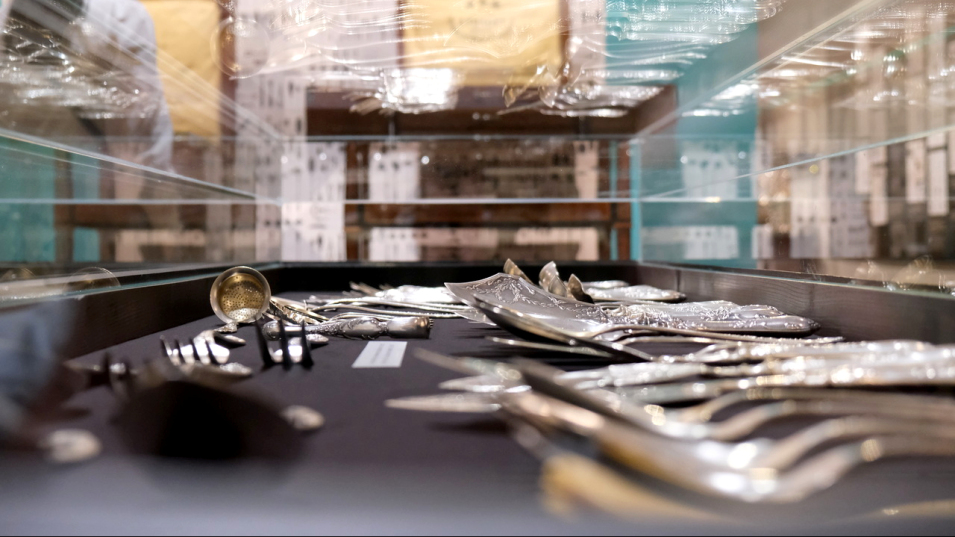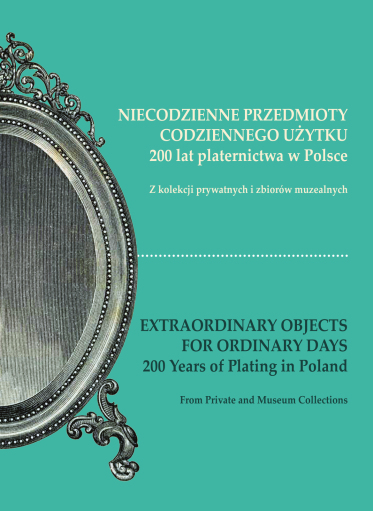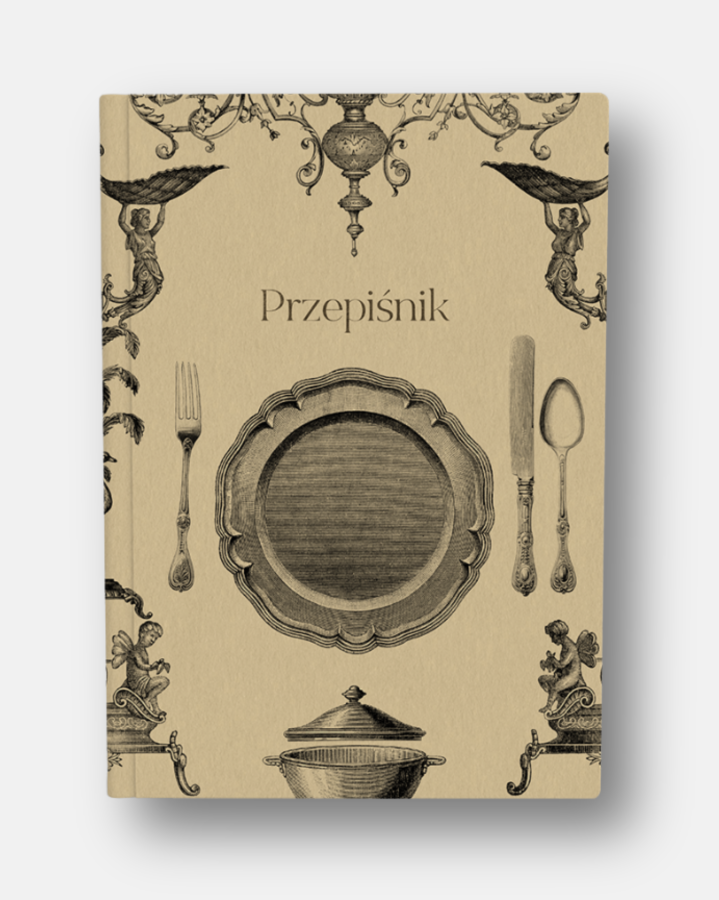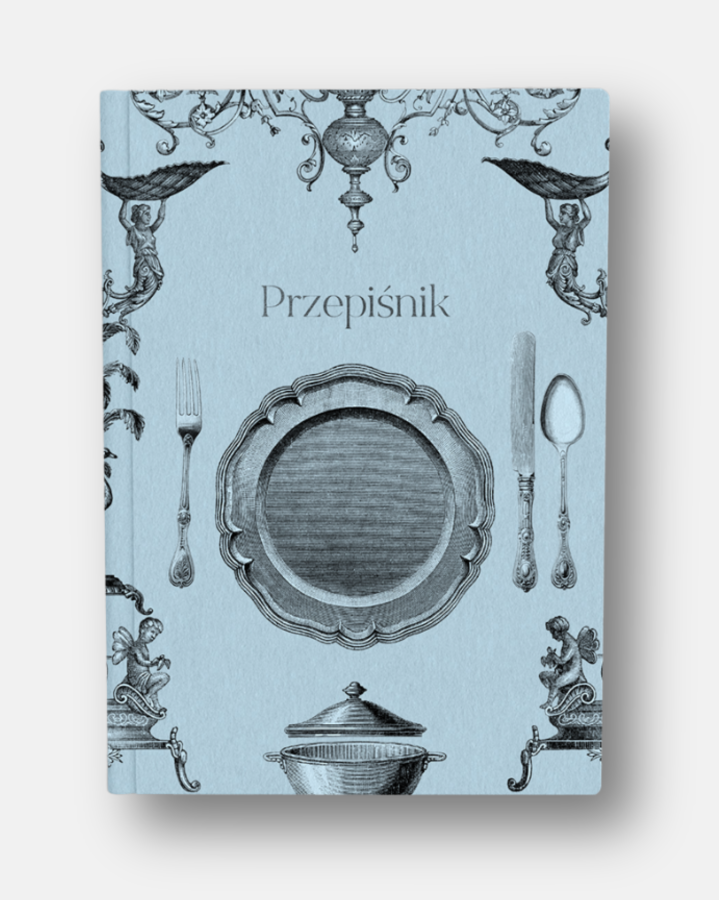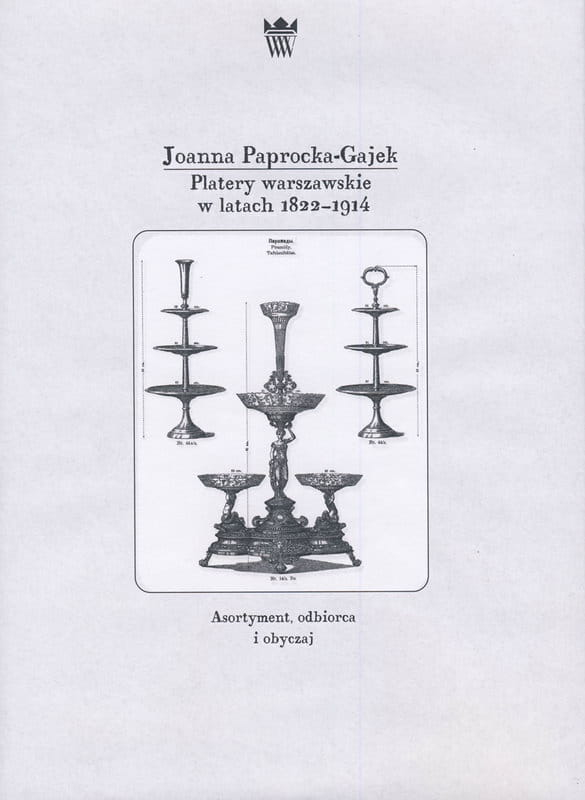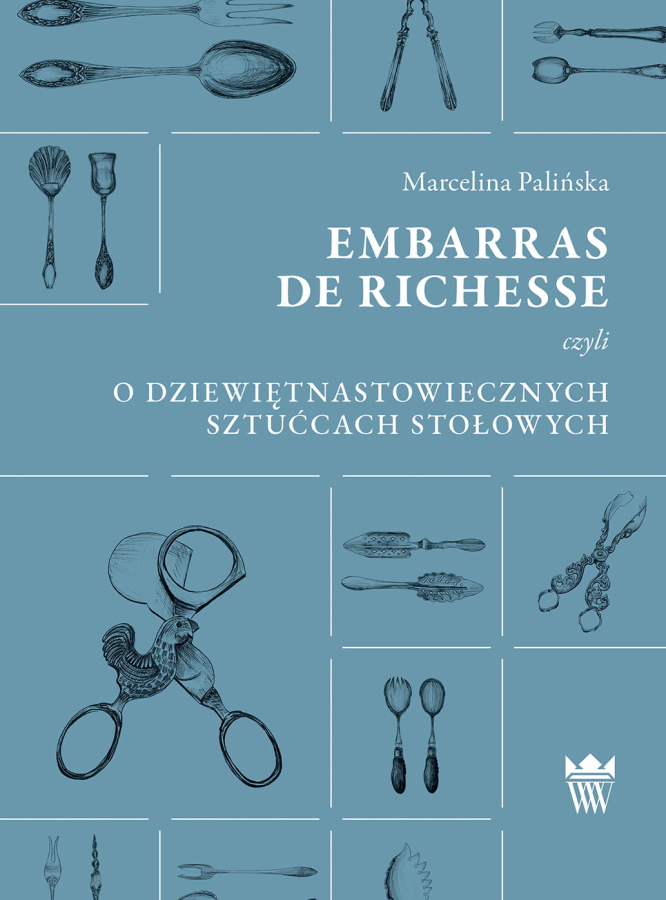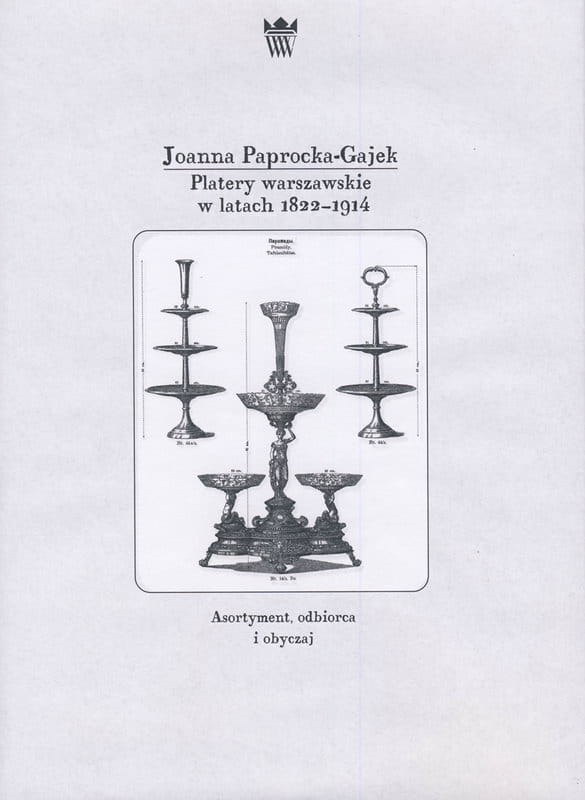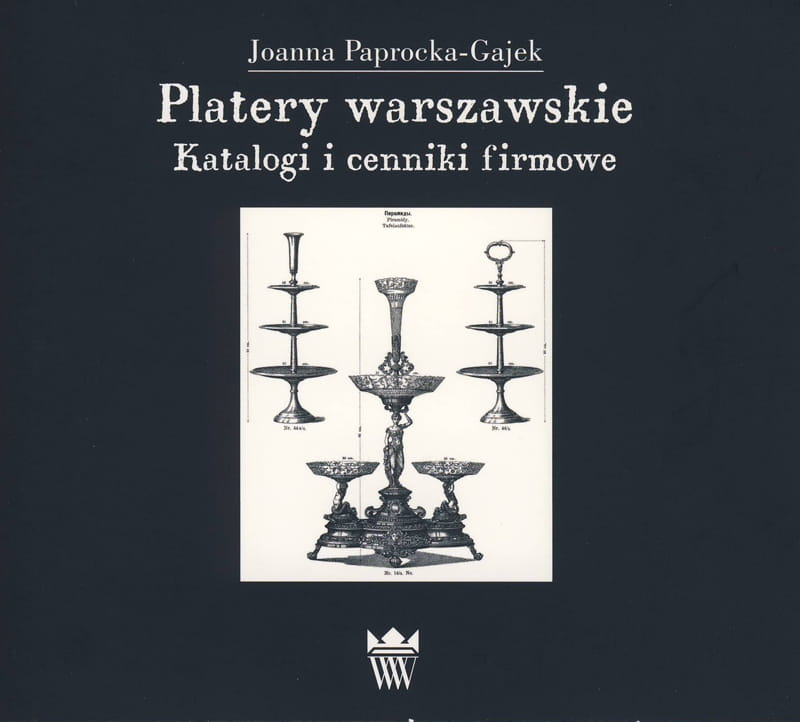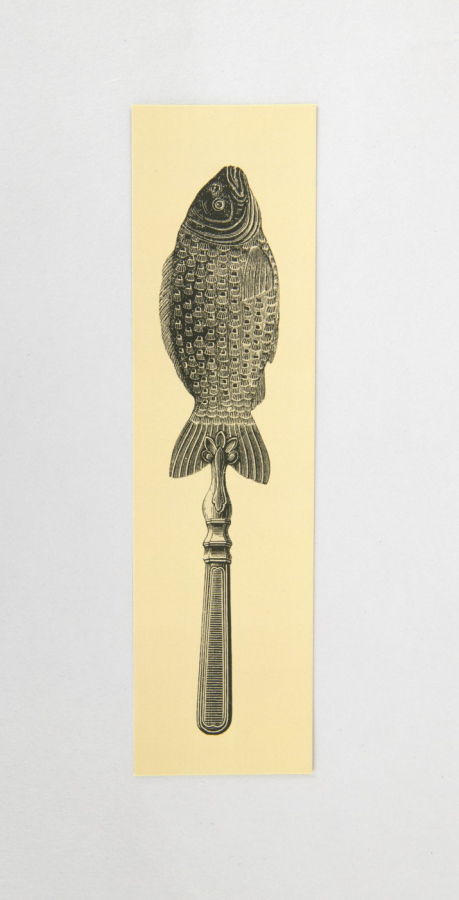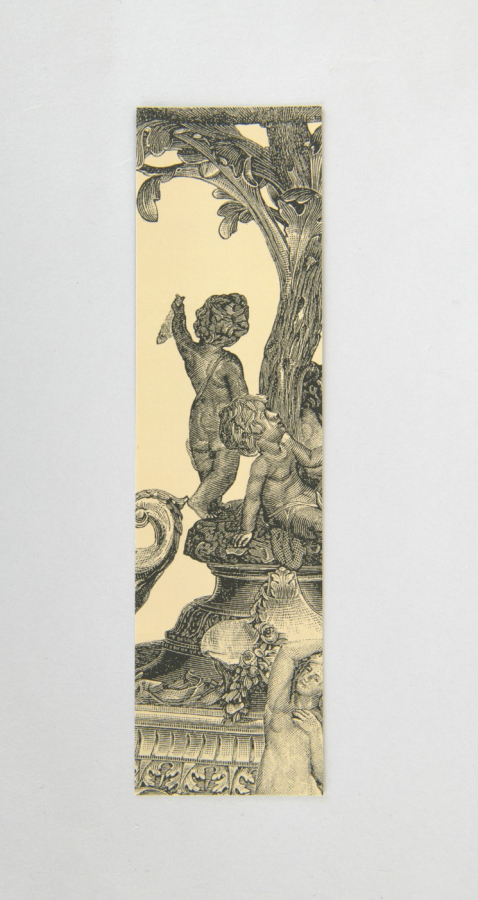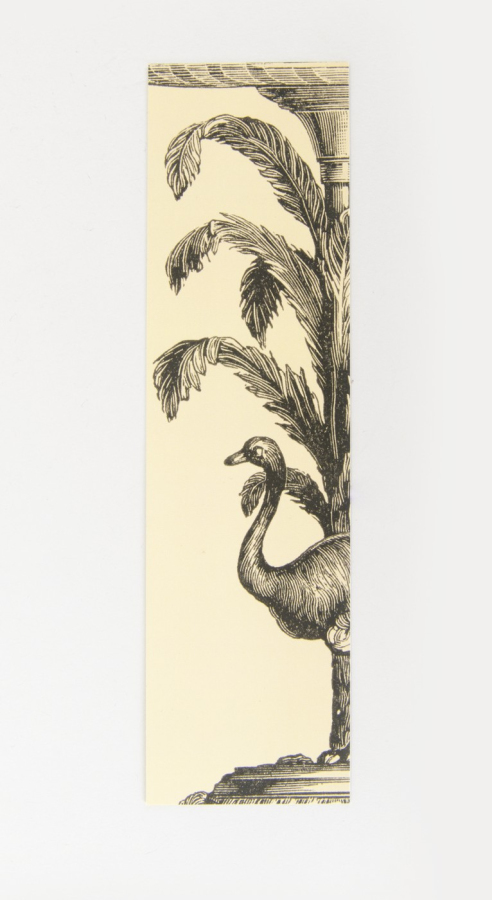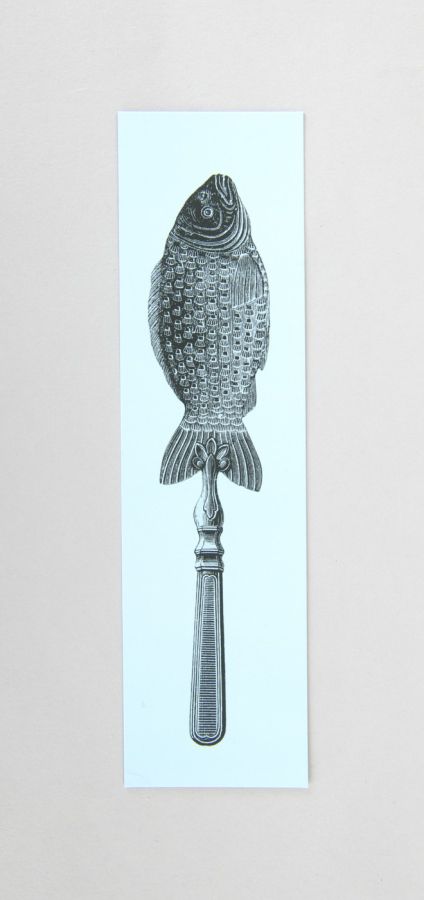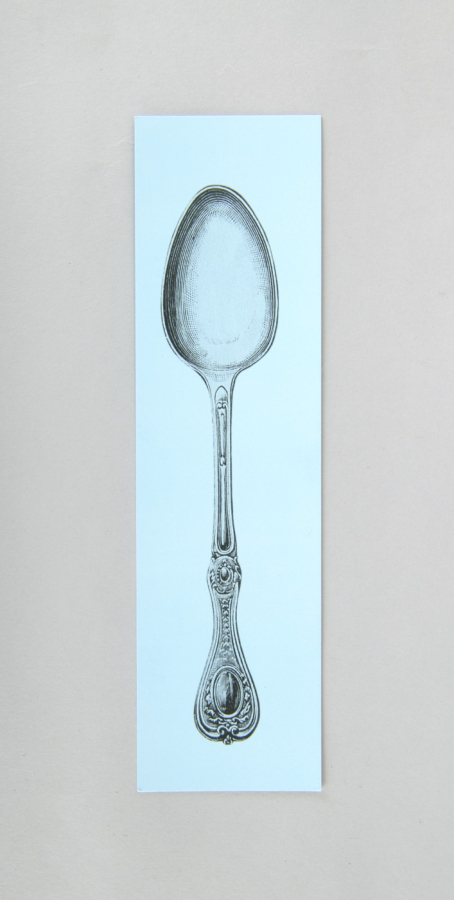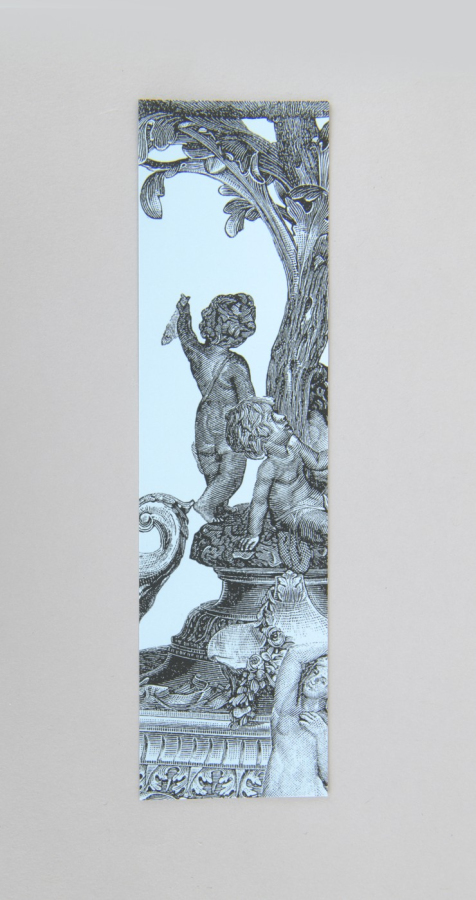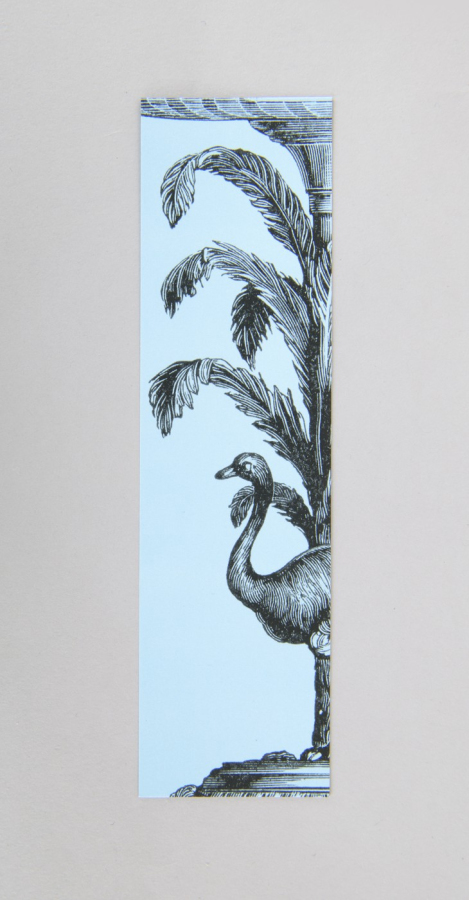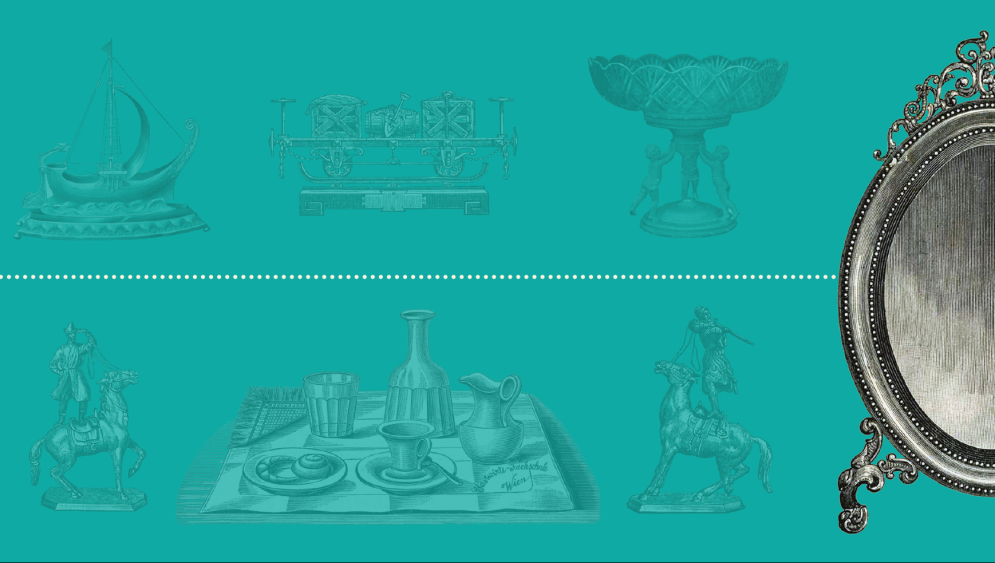When plating - creating objects from metal alloys (copper, zinc and tin) covered with a layer of precious silver - was invented in 1743, the demand for various household appliances and tableware, which were offered at very affordable prices, increased. The range of items expanded along with fashion and the growing interest in ornate vessels, which over time became everyday objects. Thanks to their shiny, silver coating, they not only added splendor to the table, but also raised the standard of home furnishings. Even with frequent use, they maintained their perfect appearance, being easy to clean and refresh. Wealthy townspeople and aristocrats imported plated vessels from England and France. This included owners of Wilanów - Duchess Marshal Izabela Lubomirska, Count Stanisław Kostka Potocki and other members of the family.
Two hundred years ago, in 1824, a craftsman from France - Alfons Fraget obtained a patent from the Polish government for the production of plated items. His initiative was supported by favourable government loans and tax relief for the new type of craft, in exchange for training Polish craftsmen in this field among other things. The two largest and longest operating silver plate factories in the Polish territories under Russian rule were established in Warsaw, both belonging to Józef Fraget and Wincenty Norblin.
Plated items, also known as "Warsaw silver", quickly gained popularity even far beyond the borders of the country. Today, they have become collector's items, thanks to which many of them - from those in perfect condition, still in use, to those damaged and forgotten - have survived to this day.
Of the hundreds of objects included in the exhibition "Extraordinary objects for oridinary days", many come from private collections. By sharing their collections, enthusiasts of plated items reveal the diversity and richness of the offer of metal utility items. Plated vessels are also a testimony to changes in the customs of the elites and all those who wanted to follow the etiquette and fashion in the 19th and early 20th centurie.
The exhibition "Extraordinary objects for oridinary days. 200 Years of Plating in Poland. From private and museum collections"" will be available at the Museum of King Jan III's Palace at Wilanów from November 29, 2024 to August 3, 2025.
The exhibition "Extraordinary objects for oridinary days. 200 Years of Plating in Poland. From private and museum collections"" will be available at the Museum of King Jan III's Palace at Wilanów from November 29, 2024 to August 3, 2025.
Let us add that the exhibition "Not only Art Nouveau in the Norblin, Buch Brothers and T. Werner company products" is now open at the Norblin Factory Museum. It presents objects belonging to collectors who have also enriched the Wilanów exhibition.
Have a look at our shop
Press contact:
Department Social Communication
Museum of King Jan III's Palace in Wilanów
e-mail: komunikacja@muzeum-wilanow.pl
tel. 22 54 42 720

